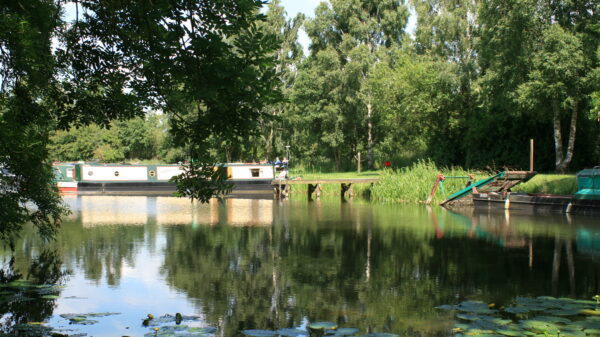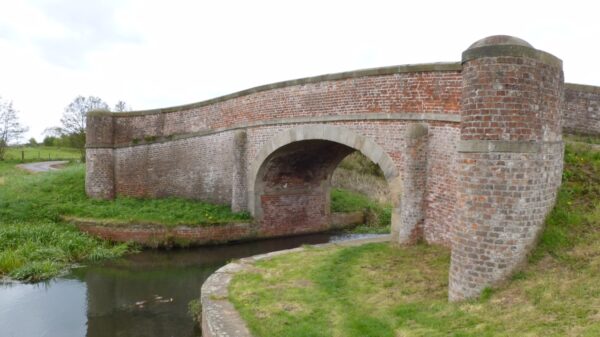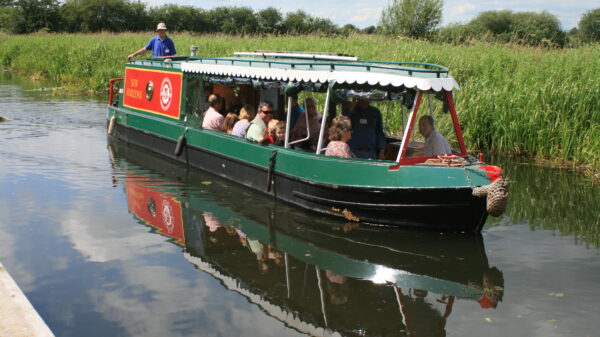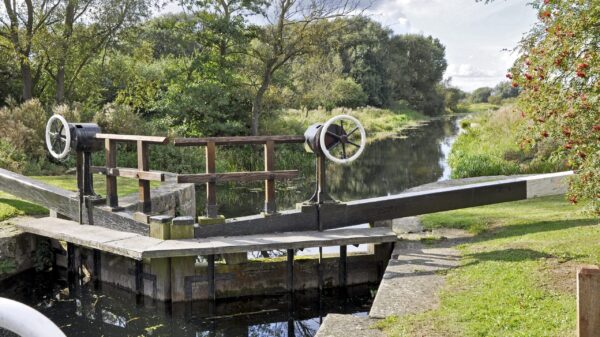From the Yorkshire Derwent to Pocklington
The canal is restored and re-opened to Bielby, with the remainder of the canal, towards Canal Head, under restoration.
There is a very short arm (with moorings) into the village of Melbourne, and there was a short arm to Bielby just above Swing Bridge No 8.
The Pocklington Canal was opened in 1818, catering mainly for agricultural traffic. Following a proposal in 1959 to use the canal course as a dump for sludge from a water treatment works, the Pocklington Canal Amenity Society was formed and the canal was saved. Part of the canal is now restored; the remainder is progressing slowly as the area has been designated a Site of Special Scientific Interest (SSSI), largely to the preservation work already undertaken by the canal society.
Pocklington Canal Amenity Society, with support from Canal & River Trust (previously British Waterways) and local authorities, has restored the western two thirds of the Canal, which is currently officially open to navigation as far as Bielby. Coates Lock was completed and the gates fitted in September 2000. This leaves just three locks to be restored. At Top Lock, adjacent to the popular Picnic Site at Canal Head, the chamber was restored and top gates fitted in the 1990s and bottom gates were installed in late 2001.
The two-mile section between Bielby and Melbourne was reopened in 2018. A contribution of £106,400 by IWA from the Tony Harrison bequest made it possible to achieve the £250,000 needed to fund the restoration. A number of WRG Canal Camps and joint PCAS/WRG working parties helped with the work.





